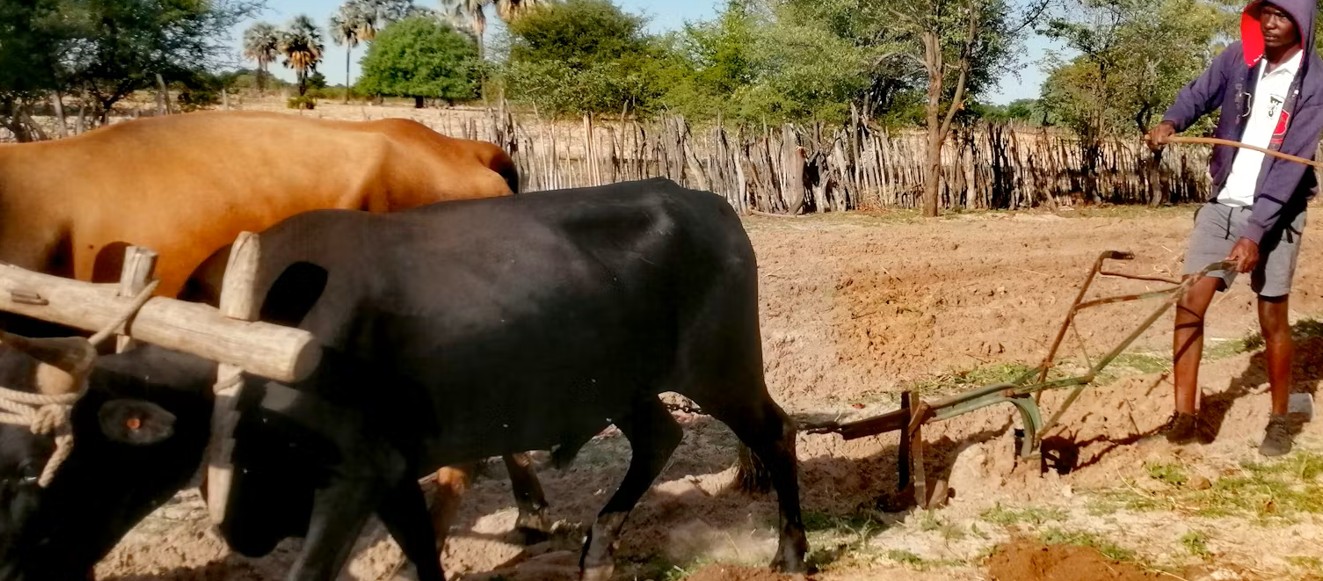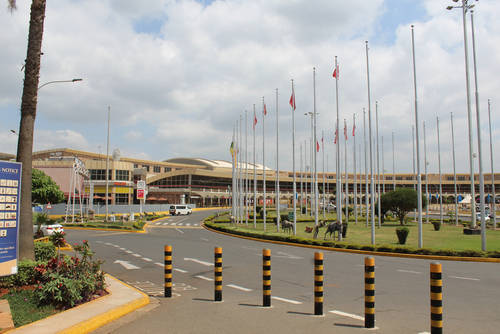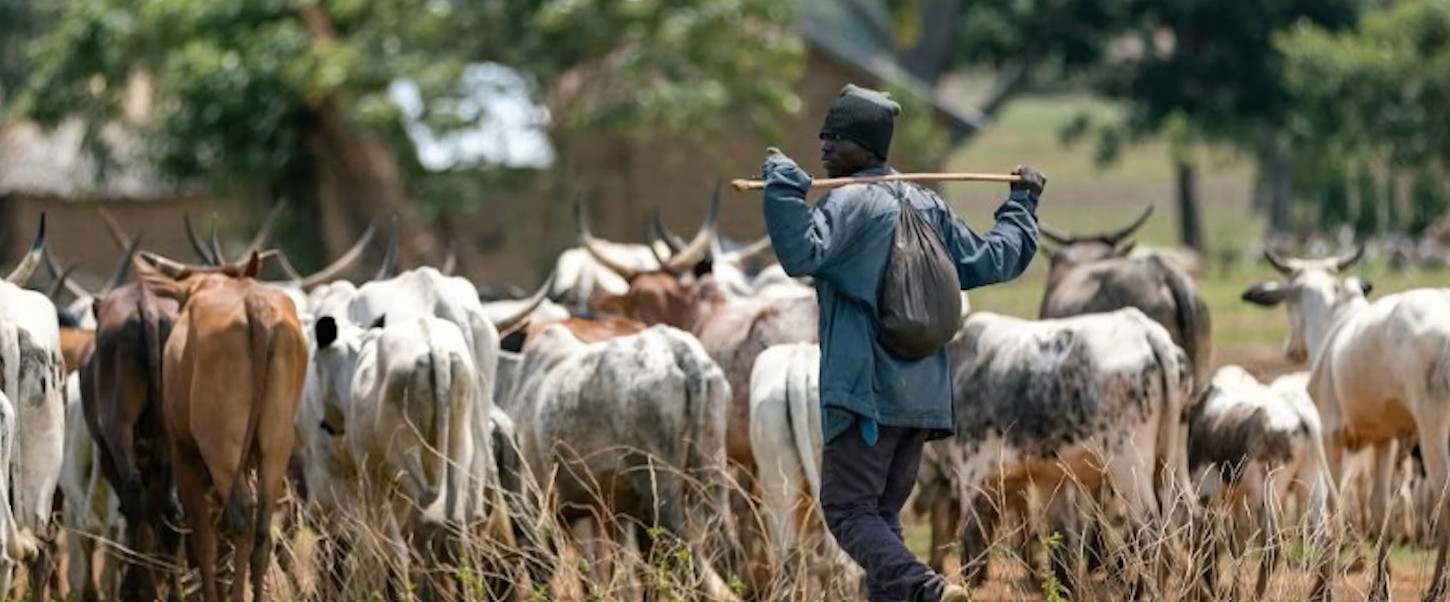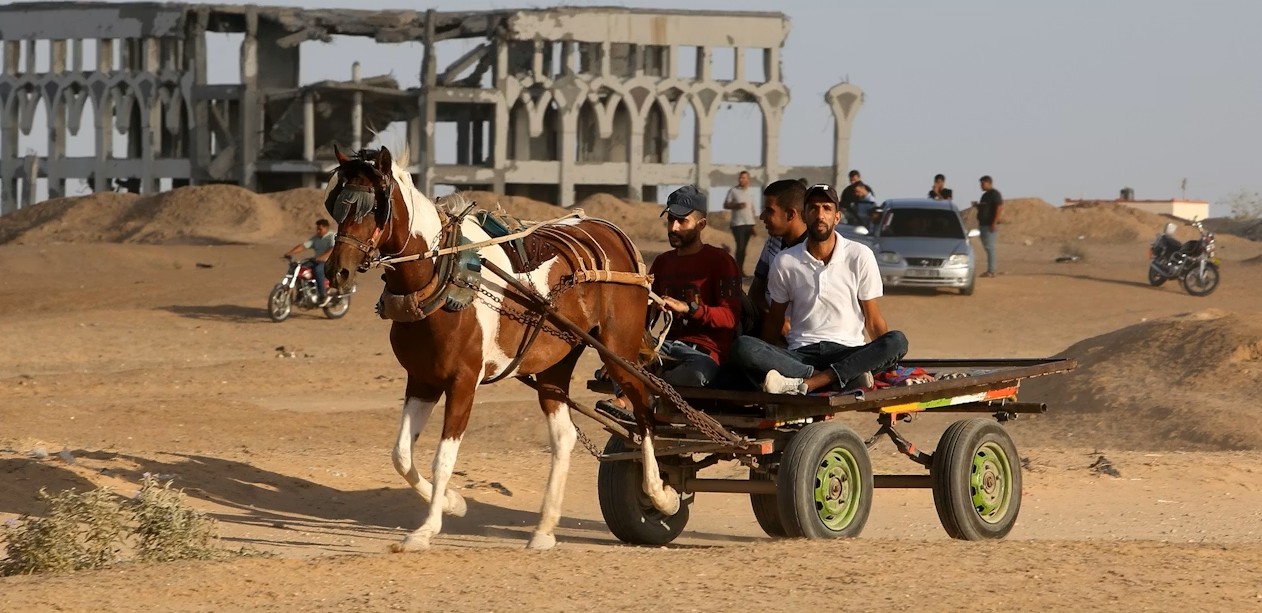Heavy rains in East Africa due to human activity - study
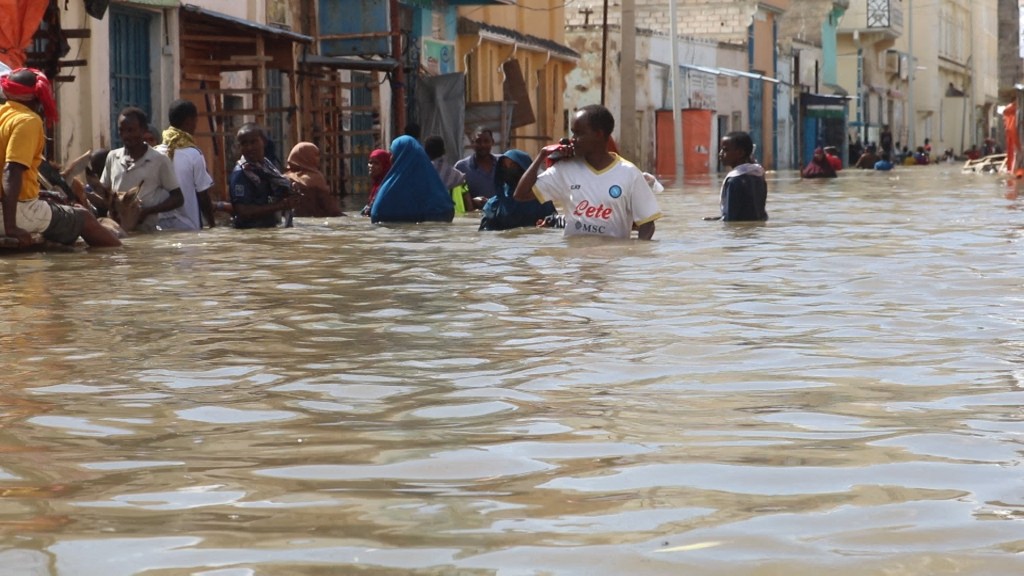
Scientists from the World Weather Attribution (WWA) group said the current rainfall "was one of the most intense ever recorded in the region" between October and December.
Climate change caused by human activity made torrential rains that have lashed East Africa since October and killed more than 300 people up to twice as intense, a scientific study said Thursday.
Somalia, Kenya and Ethiopia are grappling with heavy rainfall that has caused flooding in the latest devastating climate disaster to strike the region after a record drought.
More To Read
- Kenya Red Cross Garissa Aqua Rescue Team trains to boost readiness for River Tana floods
- Rain, thunderstorms expected across 20 counties in latest forecast
- Women lead sanitation drive in Tana River to curb cholera ahead of floods
- Urgent food system reform needed for resilience as Africa faces chronic hunger crisis
- 2024 sets new record as the hottest year, breaching the Paris Agreement threshold of 1.5°C
- EU scientists say 2024 will be the world's hottest year on record
Scientists from the World Weather Attribution (WWA) group said the current rainfall "was one of the most intense ever recorded in the region" between October and December.
"Climate change also contributed to the event, making the heavy rainfall up to two times more intense," they said, adding that the exact contribution of global warming was unknown.
The Indian Ocean Dipole (IOD) -- a climate system defined by the difference in sea surface temperature between western and eastern areas of the ocean -- also added to "unusually extreme" rainfall, the WWA report said.
"The scientists note that as long as the planet continues to warm, heavy rainfall events such as this one will be more frequent in East Africa," the report warned.
The Horn of Africa is one of the regions most vulnerable to climate change -- even though the continent's contribution to global carbon emissions is a fraction of the total.
"The prolonged hardship caused by the drought meant many people struggled to cope with the devastating rainfall" in the region, the report said.
The scientists called for the urgent phasing out of fossil fuels and reduction of emissions as the extreme weather "has the potential to overwhelm the response of governments and humanitarian organisations" in East Africa.
Extreme weather events are occurring with increased frequency and intensity.
The rains have displaced more than two million people in East Africa, almost half of them in Somalia alone.
The disaster has killed more than 100 people in Somalia, at least 165 in Kenya and 57 in Ethiopia.
In one of the hardest hit areas, the Somali region in eastern Ethiopia, cholera has claimed the lives of at least 23 people, with more than 700 confirmed cases.
Story by AFP
Top Stories Today



